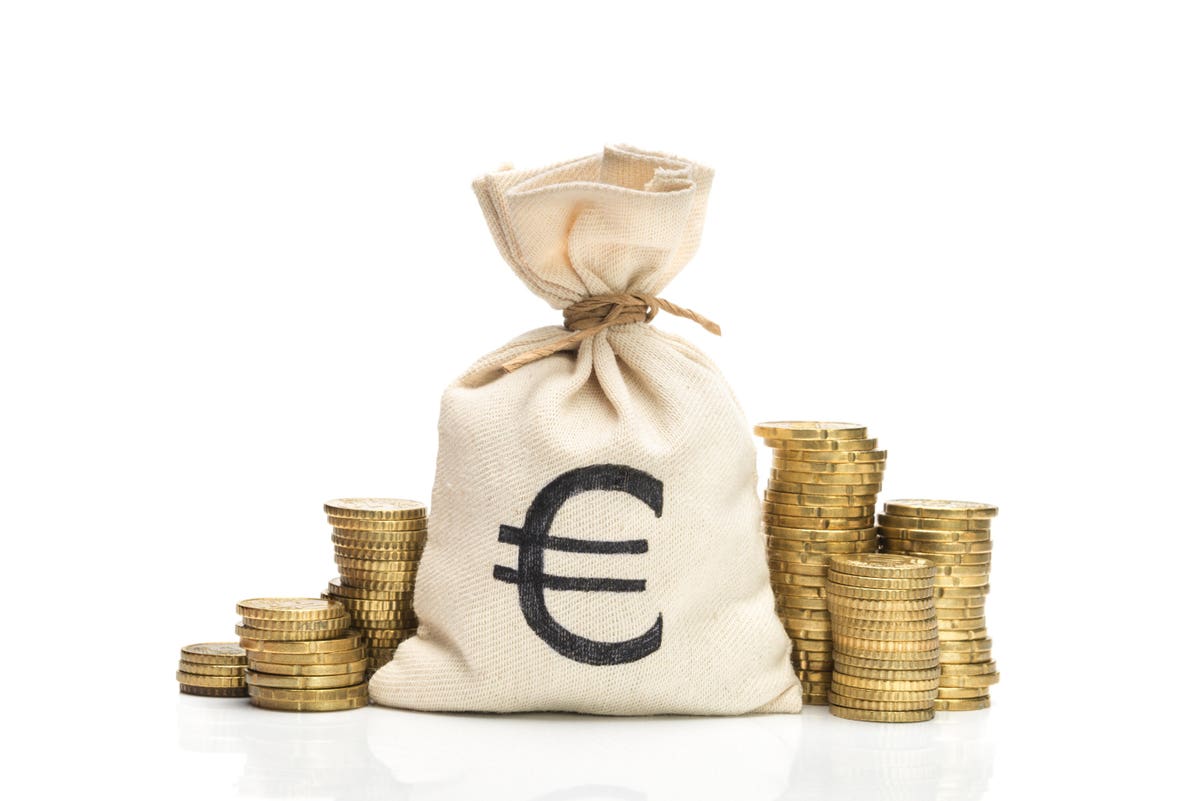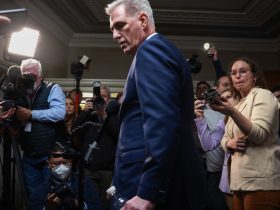While global investors are fixated on the prospects for the U.S. and China, they should not lose sight of the euro-zone where the economic outlook has shifted this year. The consensus view at the start was that Europe would be adversely impacted by its heavy reliance on Russian natural gas. Instead, the euro-zone economy proved resilient initially primarily because prices for natural gas and crude oil plummeted unexpectedly.
More recently, however, euro-zone activity has softened. German’s economy, which accounts for one quarter of euro-zone GDP, was flat in the second quarter, and the Kiel Institute recently revised its forecast for this year to minus 0.5 percent. This mainly reflects declines in industrial output and construction activity and soft consumer spending. According to the IMF, Germany will be the only major economy to shrink this year.
Germany’s problems are weighing on the euro, which has fallen to a nine-month low against the dollar after strengthening in the first half (see chart). Even the ECB’s increase in its deposit rate in September to 4 percent – the highest rate in the euro’s history – has failed to bolster the currency, which is approaching its lows for this year.
The main issue being debated now is whether German weakness is cyclical or structural.
Economists at UBS argue that Germany’s problems are more structural than cyclical in their September 8 commentary. They point out that Germany’s economy has lagged peers such as France and Italy since 2019, a full year before the Covid-19 pandemic. The main culprit on the demand side has been under-investment, which is estimated to have detracted 0.4 percent from annualized growth, while Germany’s performance has been particularly weak in-service sectors on the supply side.
In this context, Germany’s economy is being impacted on several fronts.
First, it has been forced to reduce its reliance on Russian natural gas and shift to alternative sources of energy that are more expensive. The challenge is most apparent in energy-intensive industries such as metals, glass, cars and fertilizer. A Financial Times article documents sacrifices that Germany and other European countries are making to limit the fallout of Russia’s squeeze including conserving on energy consumption and substituting to other sources of energy including increased use of coal in Germany.
Second, Germany’s export capability has been hampered by the weakening of China’s economy since the onset of the coronavirus pandemic. This is apparent in the share of Germany’s exports to China, which have fallen to the lowest level since 2016. Moreover, as China builds its own capabilities in auto production — especially electronic vehicles — it could begin to penetrate markets in Europe and elsewhere.
In the Bundesbank’s September monthly report, the central bank took the unusual step of warning that Germany’s excessive dependence on trade with China is one of the main reasons its “business model is in danger.” It advised German firms to “rethink” their supply links and direct investment abroad.
Third, the construction industry, which makes up 12 percent of German GDP, has been hurt by a confluence of factors that threaten to leave builders on the brink of collapse according to The Economist. They include higher interest rates stemming from the ECB’s actions to combat inflation, higher prices for materials, and energy and bureaucratic red tape that has left construction of flats well below the government’s targets.
Amid this, comparisons are being made to what happened in the late 1990s, when Germany struggled with high labor costs and loss of international competitiveness after unification and was called “the sick man of Europe.” Thereafter, a series of labor market reforms in 2003-2005 undertaken by Chancellor Gerhard Schroeder succeeded in improving labor market flexibility. They helped to revive economic growth and restore Germany’s role as an export powerhouse that sold industrial machinery and high-quality automobiles to the rest of the world.
The Economist’s assessment is that current conditions are not as alarming as in the 1990s because unemployment is much lower now at about 3 percent. Nonetheless, structural reforms are required to bolster the economy with factors such as an aging population and chronic underinvestment in technology and public infrastructure weighing on it.
As for technology, Wolfgang Munchau of Eurointelligence observes that Germany has excellent scientists and engineers, but it overspecialized in pre-digital technologies. He contends Germany and other European countries missed out on the digital revolution.
Faced with this myriad of issues, it will not be easy for German policymakers to come up with a quick fix, especially with a three-party coalition in government. A structural transformation of the economy will require a combination of public and private investment, along with a streamlining of regulation and bureaucracy.
The process would also necessitate a sizable financial commitment. However, this would only be possible if Germany changed its own fiscal rules, and the European Union extended the relaxation of its rules that were invoked during the pandemic. For his part, Chancellor Olaf Scholz is opposed to increased spending on grounds it could fuel a resurgence of inflation.
Meanwhile, the ECB is committed to keep monetary policy restrictive even if the euro-zone slips into recession. Christine Lagarde reaffirmed at Jackson Hole that “the fight against inflation is not yet won,” and she indicated that EU interest rates will need to stay high “as long as necessary.”
Despite this, pressures on the euro could persist if investors conclude that Wolfgang Munchau is correct that “The trophy of sick man of Europe is therefore safe in Berlin for the foreseeable future.”
Read the full article here













Leave a Reply